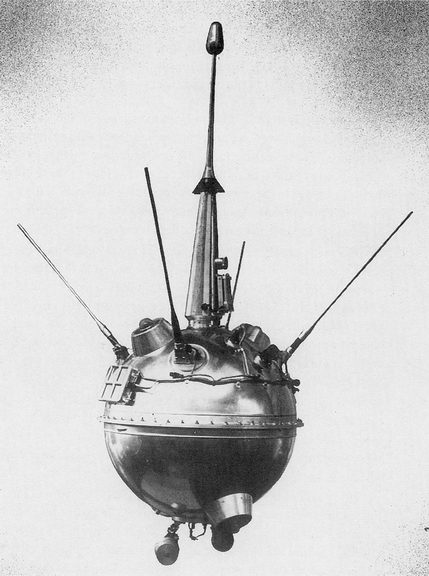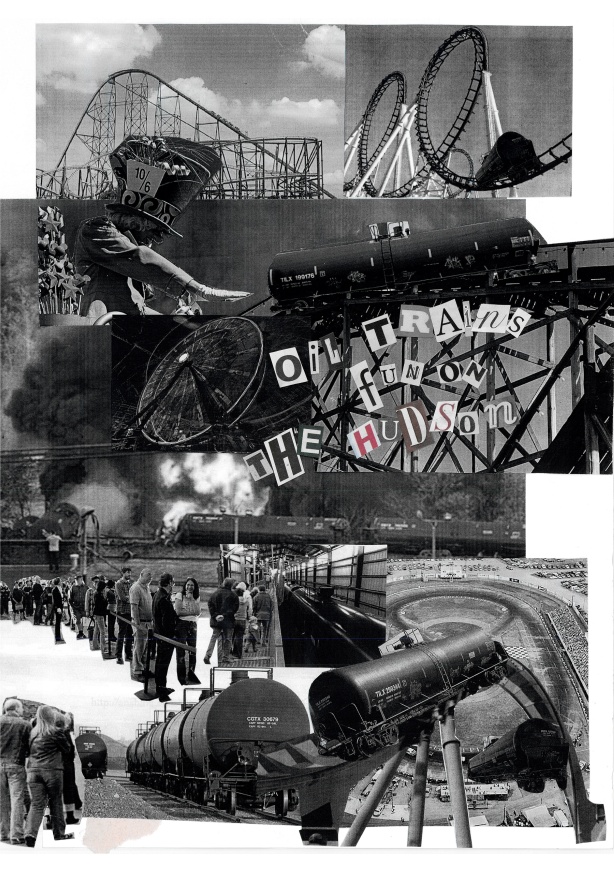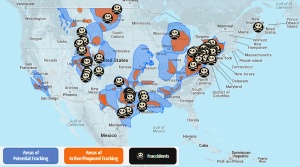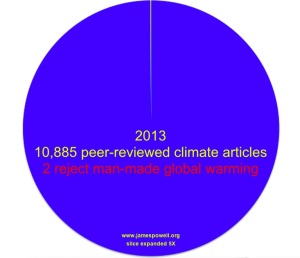No one has to remind US Department of Transportation (DOT) officials of the department’s mission … “to develop and coordinate policies that will provide an efficient and economical national transportation system, with due regard for need, the environment, and the national defense.”
One must, however, evaluate the various actions of the department within the context of that mission. EVERY action.
The federal government’s description of the department underscores the importance of those actions. DOT … “is the PRIMARY agency in the federal government with the responsibility for shaping and administering policies and programs to protect and enhance the safety, adequacy, and efficiency of the transportation system and services.”
PRIMARY: When it comes to regulating interstate transportation, then, the DOT is the go-to. Simple enough.
CNA Corporation’s report, National Security and the Accelerating Risks of Climate Change may serve as a sort of locus for an examination of “due regard for national defense DOT” that must be undertaken by DOT.
The report, prepared under the direction of 11 retired generals and admirals as CNA’s Military Advisory Board, “asserts that developments in scientific climate projections, observed climate changes, impacts of extreme weather events and changes in the global security environment have accelerated the national security implications of climate change.”
However, the lack of action by both the US and the international community to tackle climate change remains a pressing concern. Follow this link for more information.
Now let us take a look at tar sands oil (bitumen) specifically regarding climate change. If we simply consider the conclusion of professor James Hansen and others (follow this link): we see that exploitation of tar sands oil will push us over the edge, making the Earth uninhabitable. We are ALREADY in trouble.
“Canada’s tar sands are the third biggest oil reserve in the world, but separating the oil from the rock is energy intensive and causes three to four times more carbon emissions per barrel than conventional oil.” Hansen argues that it would be “game over” for the climate if tar sands were fully exploited, given that existing conventional oil and gas is certain to be burned.” (from the above referenced article in The Guardian.
Part of our problem is getting people to simply understand that whatever we put into the environment does not simply float off into infinite space – and I assure you, that gravity-defying idea persists in many people on some level. It involves a sort of cognitive dissonance between the expanding universe of Carl Sagan et al and the fact that gravity keeps in whatever we as humans put out, greenhouse gasses included.
Our task here is much simpler than re-forming human consciousness, though. All we have got to do is ensure that the US DOT fulfills its mission – part of that mission is security.
Security and national defense are, are one level, environmental issues, as our retired generals and admirals have pointed out.
Furthermore, it is part of the DOT’s role as the PRIMARY agency given this responsibility with regard to transportation of tar sands crude and other substances.
This is not information in dispute, in spite of the lobbying efforts of the petroleum interests. This is science. Furthermore there is NO TIME TO DELAY.
The visible and destruction climate change associated with high temperatures, rising sea level, drought, etc. happening at present certainly command attention. These issues are part of the security concerns addressed in the CNA report. Science indicates that we must not delay in addressing climate change and that means slowing the production and distribution of tar sands oil.
From the standpoint of security, stopping flow of the tar sands oil represents the least we can do to forestall disaster. If that’s too much … and in this case too much might not be enough … then simply creating and enforcing reasonable safety standards would be better than doing nothing at all.
If we don’t act at all we are looking to “tipping points” with abrupt impacts on everything from sea ice to ecosystems.” That’s from a report from a committee chaired by James White, professor of geological sciences, University of Colorado at Boulder, released by the National Research Council in December 2013.
The report was sponsored by the National Oceanic and Atmospheric Administration, the National Science Foundation, the U.S. intelligence community and the National Academies.
See (Abrupt Impacts of Climate Change” Anticipating Surprises)
One might expect that, given the immediate dangers associated with the transport of fuels alone (explosion and loss of life, collision, leakage and groundwater contamination, etc.) that an environment of OVERREGULATION would be predominant. However that is not the case. It has been demonstrated that transporting fuel in unsuitable tank cars lacking basic safety equipment is the rule, rather than the exception; furthermore, the fossil fuel industries are lobbying to delay action on improving equipment.
Simply looking at the mission statement of the US Department of Transportation alone shows that this agency has more to be concerned with than simply the immediate dangers but does, in fact, have a key security role in protecting this country through its regulatory powers – if DOT fails to do so, we might as well not have such an agency. And since it is a primary agency of the government, we might also simply abolish the government entirely – an idea that the fossil fuel lobby might find quite palatable.








